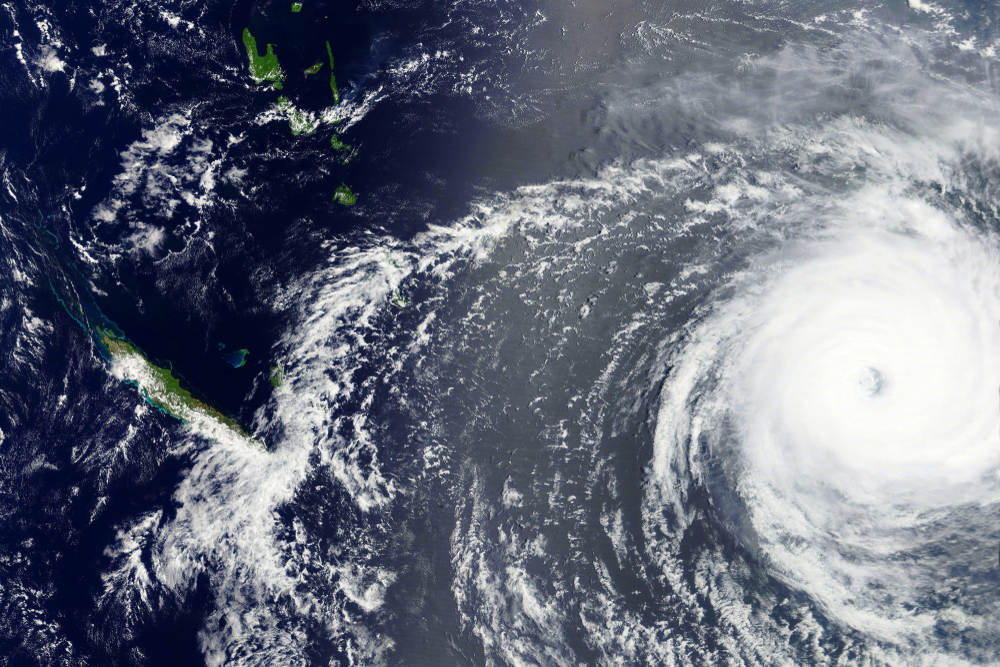Claudio Falcón, a scientist from the University of Chile, has proposed a new method to measure the intensity of hurricanes without having to get too close to the storm itself.
The method, although still in its theoretical phase, looks at the variation in sea levels and the waves produced as a way of measuring storms or hurricanes
“What we found was a way to analyse the intensity of a storm without having to be inside it, by studying how [the storm] affects the sea level,” explained Falcón. Also a member of the University Senate, Falcón is an academic in the Department of Physics and Mathematical Sciences at the University of Chile (DFI-FCM).
He jokingly attributed his work to an attempt to save fictional scientists from having to risk their lives.
“In the film ‘Twister’ various scientists die because they want to study hurricanes from very close up…too close even,” he said. “They probably wouldn’t have had to go through that if they had used something like what we’re proposing in this article.”
The idea started with an international academic cooperation between the DFI-FCM and the Department of Physics at Berkeley University in California, which focused on the study of how and why two storms influence each other when they approach each other.
Edgar Knobloch of Berkeley, who is also the co-author of the paper, asked Falcón if the results of his experiment were similar to when sound is generated from the movement of air. Falcón knew they weren’t, but he then had to prove why.
“To be able to get the idea into my head, I thought about storms that are very wide on the flat but very thin in density,” he explained. “When the velocities of the storms are very high, we can describe them using two fundamental parameters that tell us how the velocity changes and the rotation of whirlwind.”
By studying the variation of sea level and size of the waves, he continued, information can be garnered about their source, defining the intensity, the size and the type of turbulence.
“The paper was published after a year of coffee and hundreds of metres of paper and ink,” Falcón laughed.
First published in Physical Review Fluids under the title ‘Spectrum of shallow water gravity waves generated by confined two-dimensional turbulence,’ the study will now move on to experimental testing and numerical simulations in order to prove the efficacy of the theory.
If successful, it could have implications in studying the rough seas that frequently lash the Chilean shore, not to mention worldwide possibilities in studying and preparing for storms like the recent hurricane Florence which caused an estimated US$17-22 billion in damages.









